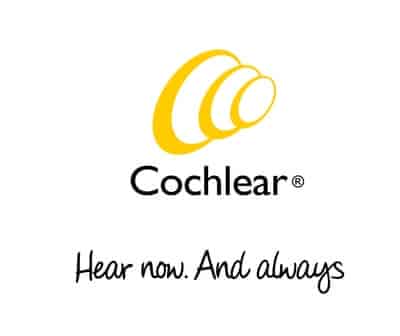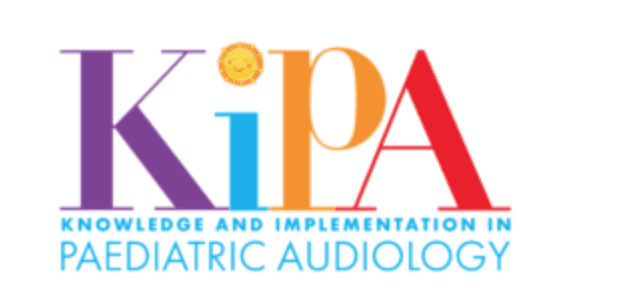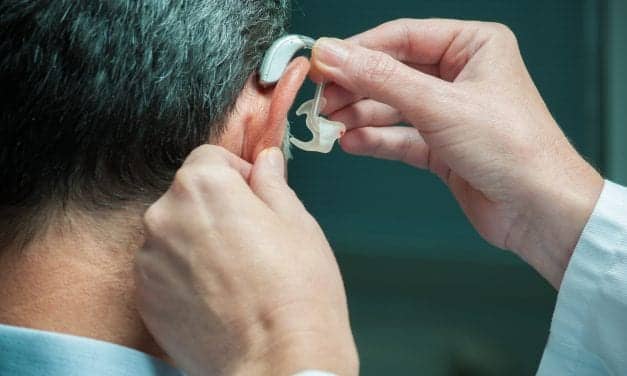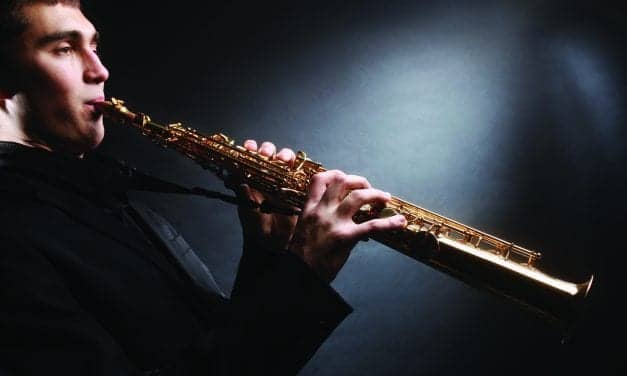Cochlear Announces Upcoming Release of Nucleus Smart App for Android
Cochlear implant recipients with the Nucleus® 7 Sound Processor can now control their hearing with the Nucleus Smart App from a compatible Android device, which is designed to allow them to monitor and adjust their settings, view personalized hearing information, and even locate a missing sound processor, all from the convenience of their smartphone.
Read More














